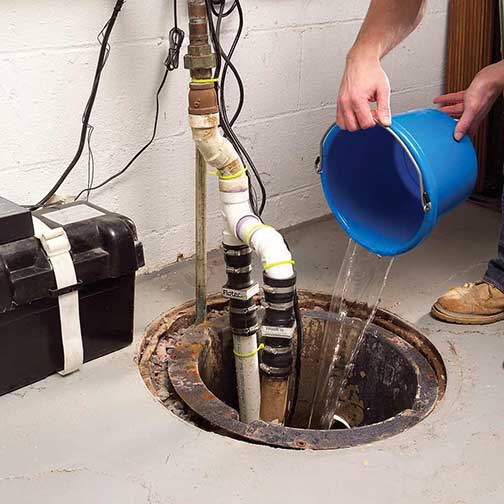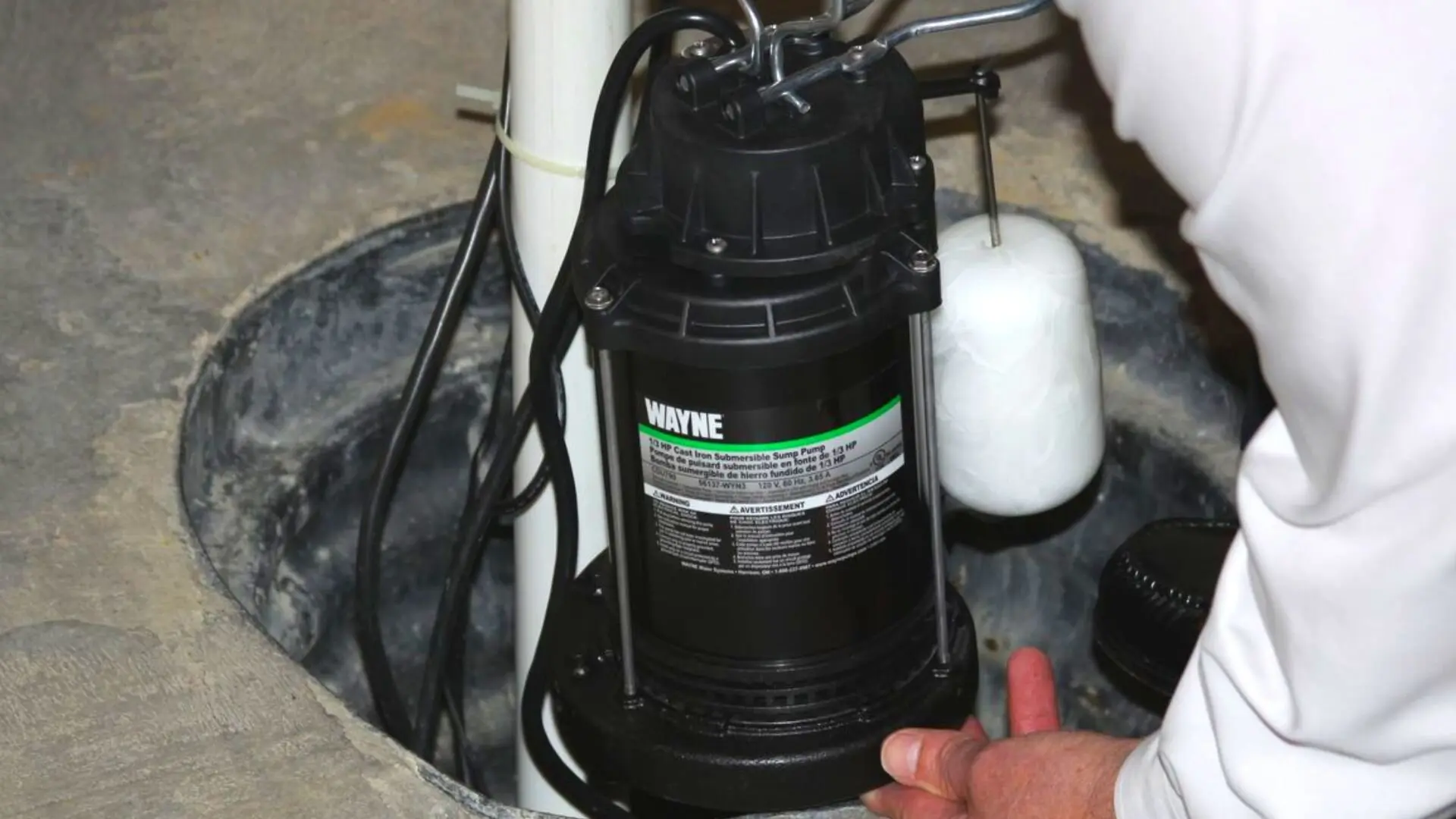Here below you can discover lots of exceptional data when it comes to How To Effectively Clean A Sump Pump.

Sump pumps are important elements in many homes, especially in locations susceptible to flooding or extreme moisture. They aid prevent water damages by effectively removing excess water from basements or crawl spaces. However, like any other device, sump pumps call for routine maintenance to guarantee they function effectively when required one of the most. Cleansing your sump pump is a vital part of its upkeep, and understanding exactly how to do it appropriately can save you from pricey repair work and possible catastrophes.
Introduction
Preserving a tidy sump pump is essential for its correct functioning and durability. Disregarding this essential task can lead to clogs, breakdowns, and eventually, water damages to your residential property. For that reason, discovering how to clean a sump pump is important for property owners who rely upon these tools to keep their basements dry and safeguarded.
Indications of a Dirty Sump Pump
Understanding when your sump pump needs cleansing is crucial for stopping potential breakdowns. Some typical signs that suggest an unclean sump pump include odd noises throughout operation, reduced water circulation, and visible particles in the pit. If you see any of these symptoms, it's necessary to clean your sump pump immediately to avoid any kind of further concerns.
Preparing for Cleaning
Before you begin cleansing your sump pump, it's necessary to take some security precautions. Start by shutting down the power to the pump to prevent any kind of electrical accidents. In addition, put on appropriate protective equipment, such as gloves and goggles, to protect on your own from dirt, debris, and potential microorganisms.
Comprehending the Sump Pump
Prior to diving into the cleaning procedure, it's essential to have a standard understanding of how a sump pump works. Usually mounted in a pit or basin listed below the basement floor, a sump pump consists of several crucial parts, consisting of a pump, a float button, and a discharge pipeline. When water gathers in the pit, the float switch triggers the pump, which after that pumps the water out with the discharge pipe, away from the building's structure.
Step-by-step Overview to Cleansing a Sump Pump
Shutting down the Power
Begin by disconnecting the power supply to the sump pump to stop any kind of crashes while cleaning.
Checking for Appropriate Functioning
Prior to reinstalling the pump, execute a quick test to ensure that the float button turns on the pump appropriately. Pour some water into the sump pit and observe the pump's operation. If everything is functioning properly, you can reconstruct the pump and reconnect the power supply.
Eliminating Debris and Dirt
Utilize a container or a scoop to eliminate any noticeable particles, dust, or sediment from the sump pit. Dispose of the particles properly to prevent it from blocking the pump or the discharge pipeline.
Cleaning the Pump and Float Change
When the pit is clear of particles, very carefully get rid of the pump from the pit. Check the pump and the float button for any type of indicators of damages or wear. Utilize a soft brush or fabric to cleanse the surface areas and eliminate any gathered gunk.
Flushing the System
After cleaning up the pump and float button, flush the sump pit with clean water to eliminate any type of continuing to be dust or sediment. This will assist ensure that the pump runs efficiently and effectively.
Upkeep Tips to Maintain Your Sump Pump Clean
In addition to regular cleansing, there are a number of upkeep suggestions you can comply with to maintain your sump pump in optimal problem:
Conclusion
Cleaning your sump pump is an important aspect of its maintenance and makes sure that it runs successfully when you require it one of the most. By following the steps laid out in this overview and including routine maintenance into your routine, you can prolong the life-span of your sump pump and shield your home from water damage.
How To Effectively Clean A Sump Pump
If your home has a basement and it’s constantly flooding, installing a sump pump may be the best solution for your problem. A sump pump is an effective device that helps keep excess water away from your property. It is typically installed in the lowest point of the property (like a basement), where the pump’s valves can detect rising water and automatically turn on and start pumping the water into a designated drain outside your property.
Sump pumps available in the market today are all pretty tough, ensuring that the device can do its job for a long time. However, much like any piece of machinery, sump pumps must be maintained and cleaned regularly to ensure optimal performance and longevity. If a sump pump is not cleaned at least once a year, sludge and debris will eventually build up and cause all sorts of problems to the machine.
This article is all about just that: sump pump maintenance and cleaning. But before we get to the nitty-gritty, let’s take a quick rundown on the two types of sump pumps and their parts, so you’ll be able to understand the cleaning process clearly.
Submersible
Submersible sump pumps are powered by electricity and are composed mainly of a body and a motor. Submersibles are normally placed deep in a sump pit filled with water, which prevents the device from overheating so it can operate longer.
Pedestal
Pedestal sump pumps are mounted on top of a long tube that runs above the sump pit. Pedestals are great for small basements with limited space.
Prepare Cleaning Items
Some of the things that you should have on your cleaning list are a large plastic or garbage bag, a broom, a bucket, a scraping tool, and a shop vacuum. Once you have these items, shut off the water supply to your sump.
Light The Basement
Unless your basement has a good light source, bring a lamp or flashlight so you can better see what you’re cleaning, especially the bottom of the pit where debris can accumulate.
Remove The Sump
Unplug the equipment and take it out of the sum pit. Place this temporarily in your plastic or garbage bag to prevent excess water from dripping.
Clean The Pit
Check the sump pit for any dry leaves, twigs, and other debris that may have collected inside. Use the broom to sweep the bottom.
Clean The Sump
This process is best done outside, as cleaning sump pumps can be messy. Consider using a sump pump cleaning solution, although it’s better to settle for a garden hose and water. Use this to spray the sump. Afterward, use your scraping tool to remove any remaining grime. Follow this up with a second garden hose spray to ensure that your sump is completely clean.
Drain The Check-Valve
Doing this should drain any remaining water from the equipment. Use a bucket to catch the drained water to prevent unnecessary mess.
If the valve is the type that can be disassembled, do it so that any water can be drained out more efficiently. Afterward, reassemble the check valve, rinse it with water, and dry it outside.
Vacuum The Pit
After the check valve has been drained, you can use your shop vacuum to remove any standing water from the sump pit. Although this step is unnecessary, it will remind you never to place your sump in a dirty pit.
Replace The Sump
Reconnect your sump to the discharge pipe, but only after ensuring that the device is completely dry. Carefully plug the equipment in. If you have turned off the power source previously, turn it back on before plugging in the sump.
https://absolutefix.com/blog/how-to-effectively-clean-a-sump-pump/

I recently found that content on while surfing around the internet. You should take the opportunity to promote this page if you liked it. Thanks a lot for your time. Return soon.
Request Estimate